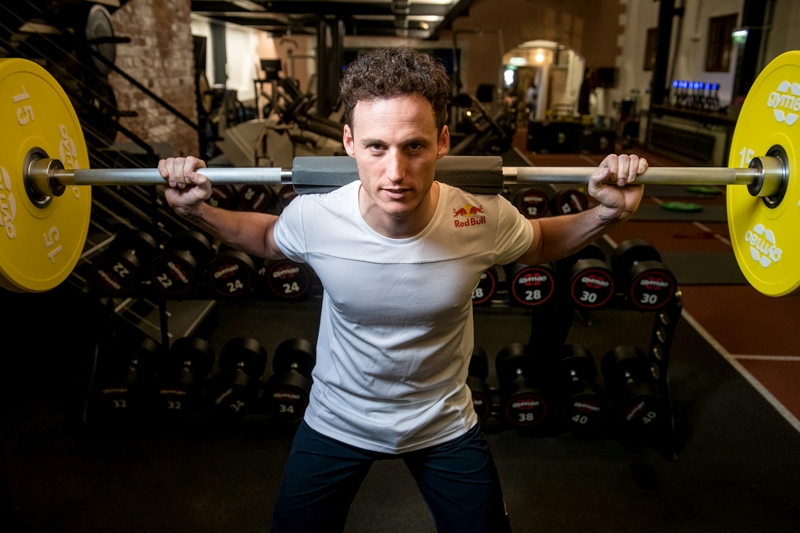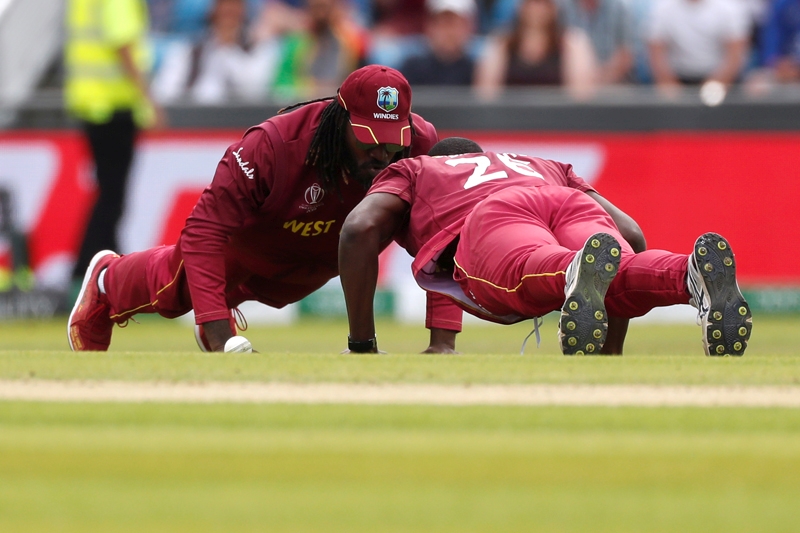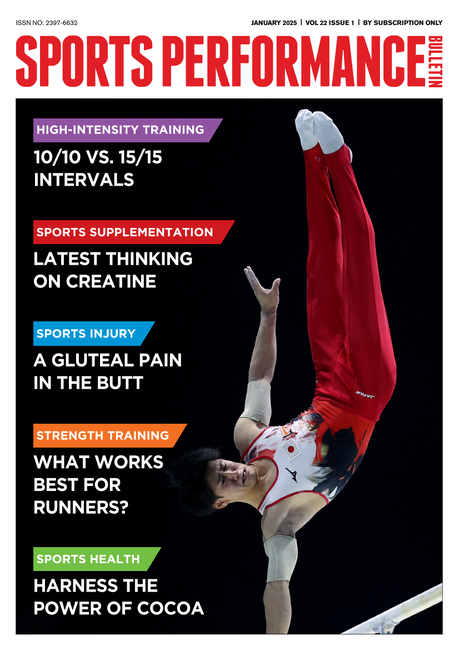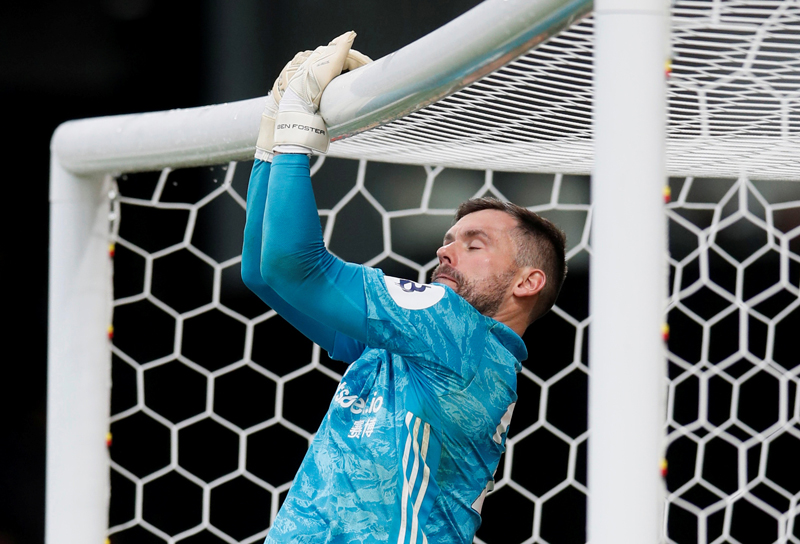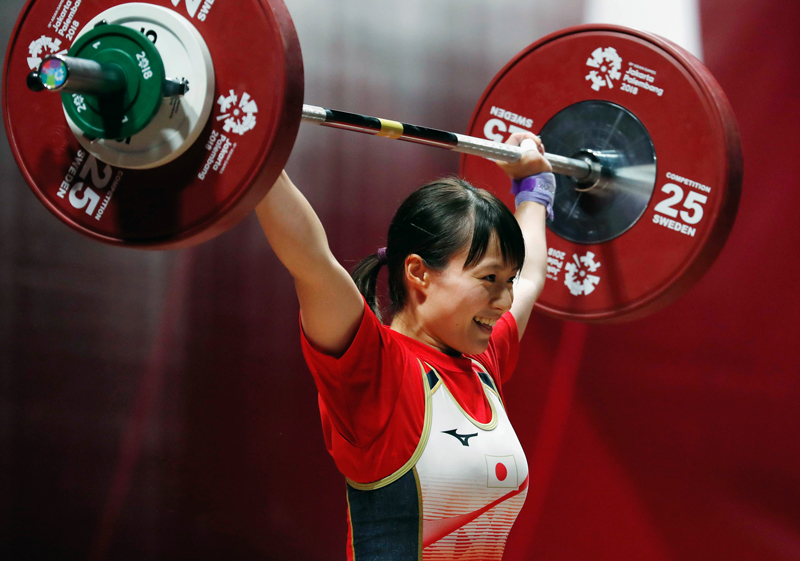You are viewing 1 of your 1 free articles. For unlimited access take a risk-free trial
Cut your losses: strength detraining truths!

How long do the benefits of strength training last when it is discontinued and what are the implications for athletes? SPB looks at some brand new research
We’ve said it many times before but it’s worth repeating here; a very large body of research has accumulated over the past 25 years or so showing the benefits of strength training for a wide range of athletes. So persuasive are these findings that we can now confidently say that if you’re not strength training, it’s unlikely you’ll reach your full potential, regardless of your sport. These strength benefits are not just as a result of the increased resilience of stronger muscles (which helps reduce the risk of injury) or the increased ability of stronger athletes to perform when intense bursts of power are needed (for example, a sprint for the finish line or a mid-race burst to break away from the pack).The benefits also extend to endurance performance because a number of more recent studies have demonstrated that strength training significantly boosts muscle efficiency (often known as ‘muscle economy’ - see figure 1 and also this article for a more in-depth article on economy and how to improve it)(1-5). Improved muscle economy is a vital component of endurance performance, allowing athletes to perform at a sub-maximal pace for less oxygen and energy cost, therefore reducing accumulated fatigue and boosting performance in long-distance events.
The endurance of strength
Strength most definitely improves endurance, but how long do the benefits of strength endure once strength training is ceased? To answer this, we have to look to studies on the process of ‘detraining’. For those unfamiliar with the concept, detraining refers to the reversal of various aspects of fitness gains once training is ceased. Detraining results from the fact the training adaptations are ‘reversible’. The biological and biochemical adaptations stimulated by training work in both directions; when training stops, the adaptations that led to increased strength/endurance/power etc unravel and fitness declines – the so-called ‘use it or lose it’ principle(6). (For a detailed discussion about the process of detraining and how fitness is impacted, readers are directed to this article)Nearly all of the past research on detraining has focussed on fitness declines following a long break or layoff - for example after the off season or as a result of injury. Let’s face it, few athletes are willing to participate in studies where hard-won fitness gains are deliberately sacrificed in order to satisfy the curiosity of scientists! And even where detraining studies have been conducted, most of them have primarily investigated the effects of detraining on aerobic endurance, with fewer studies on strength losses and associated performance effects.
What is lacking in the scientific literature therefore is the effects of strength losses and the consequences on performance following a break in strength training. Particularly lacking is data on how a relatively short break in strength training during the competitive season affects strength and performance over the following days and weeks. This information would be very useful to know; strength training requires time and energy commitments that could otherwise be spent on the other aspects of training. If a short break from strength work does not result in significant performance declines, athletes could use this fact to drop strength work from their training program in the run up to an important event or competition, while still retaining the strength benefits accrued in earlier weeks.
New research
Although there’s little research on the effects of strength detraining, two new studies, both published earlier this month provide a valuable insight for athletes who regularly strength train. In the first study, Norwegian scientists investigated the retention (decay profile) in mechanical muscle function and cycling performance after concurrent resistance and endurance training(7) What they wanted to discover was whether the benefits of strength training were retained in terms of cycling performance when cyclists stopped their strength training, and if so, how long these positive effects of strength training lasted after cessation of strength work.In this study, nine male well-trained and fit competitive cyclists (average maximum oxygen uptake of around 66mlg/kg/min) were enrolled for a 14-week study. During the first eight weeks of the 14, all the cyclists performed periodized resistance training targeting leg and core muscles as a supplement to their normal endurance (cycling) training. Before and after this initial 8-week period, a number of performance parameters were measured to measure the extent of the gains produced by the strength training. These included:
- Maximal leg extensor power
- Maximal voluntary contraction during isometric contraction of leg extensors (MVC)
- Rate of force development (RFD)
- Long-duration cycling performance (2-hour submaximal cycling performance at 55% of maximum power
- Average peak-power output during a 5-minute cycling time trial
The findings
The key findings from this study were as follows (see figure 1):- After 8 weeks of the initial combined resistance/endurance training, leg extensor power rose by 12%, MVC increased by 15% and RFD increased by 17%.
- Importantly for cycling performance, the 5-minute maximum cycling power increased by a whopping (for an endurance parameter) 7%!
- After 14 weeks (ie six weeks after cessation of strength training), leg extensor power and RFD declined significantly compared to the 8-week mark. However, the training-induced gains in 5-minute maximum cycling power and MVC were retained all the way through to the 14-week mark.
Figure 1: Retained and non-retained strength-induced fitness gains

All bars show percentage gains in performance induced by eight weeks of strength training. Pink bars = non-retained strength-induced gains at six weeks after strength training cessation. Green bars = retained strength-induced gains.
These findings are profound because what they essentially tell us is that cyclists (and likely other endurance athletes) can and should focus on endurance training alone for at least six weeks leading up to competition. By doing so, they will retain the key strength benefits of the previous strength work while staying fresher and having more time to sharpen up their endurance fitness as the competition approaches.
What about pure strength athletes?
The above findings are great news for endurance athletes who seem to be able to have their strength cake and eat it at a later date. But what about sports such as weight lifting, wrestling, shot putting etc where strength is the main determinant of performance? Should these athletes also cease strength training well before competition? Well, it seems like strength training cessation studies are like waiting for buses; there are none for ages then all of a sudden along come two at once!In another brand new study published earlier this month, a team of US researchers looked at the effects of cessation of strength training on body composition, perceived recovery and stress state, and maximal strength in highly strength-trained athletes(8). Nineteen strength-trained athletes completed a powerlifting-specific 4-week training block followed by either three or five days of training cessation. During the 4-week training block, athletes were trained three days per week, performing 3-4 movements, which included at least two competition lifts per session. These sessions consisted of four to five sets of 3-5 repetitions, with intensities ranging from 75 to 100% of the athletes’ 1-repetition maximums (1RM).
The athletes’ body compositions, psychometric measures, upper- and lower-body maximal strength levels were assessed on three occasions:
- Before the 4-week training block
- Immediately after the 4-week training block
- At three or five days of training cessation following the block (the athletes were split into one of two groups for this test)
The findings
After the 4-week training block, the athletes experienced small but significant increases in body mass and bench press 1RM, as well as significant increases in back squat 1RM, deadlift 1RM, and total weight lifted during the powerlifting sessions. After the training was ceased for three days, were no significant declines in strength measures or body composition. At day five however, while lower-body strength (measured in the back squat performance) held up, a small but significant drop in bench-press performance was noted.Implications for strength athletes
What do these results mean for athletes whose sports require maximal levels of strength? Well, it seems that a cessation of strength training for the lower body will not result in strength losses for at least five days. However, athletes who rely on upper body strength could begin to experience strength declines after just 3-4 days of strength training cessation. How long could lower-body strength hold up? Unfortunately, the researchers in this study were unable to provide that information.A systematic review study (pooling the data from previous studies) on rugby and American football players undergoing strength training found that strength levels were largely maintained for ‘up to’ three weeks of detraining, but decay rates were rapid thereafter(9). However, many of the players in these studies were not highly strength trained, and the bulk of their normal training was not strength work. Given that the more highly trained an athlete is, the easier it is for them to ‘come off the boil’, it’s likely that while lower body strength may hold up for a week or so, it is unlikely that maximum strength would be retained much beyond this period. Overall, we can say that short-term strength detraining is an area crying out for more research!
In summary then, the fitness benefits of strength training, like all modes of training, are very most definitely reversible. It seems however that endurance athletes can continue to reap performance benefits for at least six weeks after ceasing strength training. Strength athletes on the other hand will not enjoy this luxury; those who maximal require upper-body strength should consider limiting their training breaks to four days maximum. Where lower body strength is the priority, a week or possibly a little more is most likely the longest period of time that can be taken away from strength training before declines start to set in.
References
- European Journal of Applied Physiology 2016. Volume 116 (1) 195-201
- J Sports Med Phys Fitness. 1991 Sep; 31(3):345-50
- J Physiol. 2008 Jan 1; 586(1):35-44
- Appl Physiol Nutr Metab. 2006 Oct;31(5):530-40
- Scand J Med Sci Sports. 2002 Oct;12(5):288-95
- J Sports Sci. 2019 Jul;37(13):1490-1498
- J Strength Cond Res. 2022 Mar 1;36(3):796-804.
- J Strength Cond Res. 2022 Mar 1;36(3):633-640
- Sports Med. 2013 May;43(5):367-84
Newsletter Sign Up
Testimonials
Dr. Alexandra Fandetti-Robin, Back & Body Chiropractic
Elspeth Cowell MSCh DpodM SRCh HCPC reg
William Hunter, Nuffield Health
Newsletter Sign Up
Coaches Testimonials
Dr. Alexandra Fandetti-Robin, Back & Body Chiropractic
Elspeth Cowell MSCh DpodM SRCh HCPC reg
William Hunter, Nuffield Health
Keep up with latest sports science research and apply it to maximize performance
Today you have the chance to join a group of athletes, and sports coaches/trainers who all have something special in common...
They use the latest research to improve performance for themselves and their clients - both athletes and sports teams - with help from global specialists in the fields of sports science, sports medicine and sports psychology.
They do this by reading Sports Performance Bulletin, an easy-to-digest but serious-minded journal dedicated to high performance sports. SPB offers a wealth of information and insight into the latest research, in an easily-accessible and understood format, along with a wealth of practical recommendations.
*includes 3 coaching manuals
Get Inspired
All the latest techniques and approaches
Sports Performance Bulletin helps dedicated endurance athletes improve their performance. Sense-checking the latest sports science research, and sourcing evidence and case studies to support findings, Sports Performance Bulletin turns proven insights into easily digestible practical advice. Supporting athletes, coaches and professionals who wish to ensure their guidance and programmes are kept right up to date and based on credible science.
